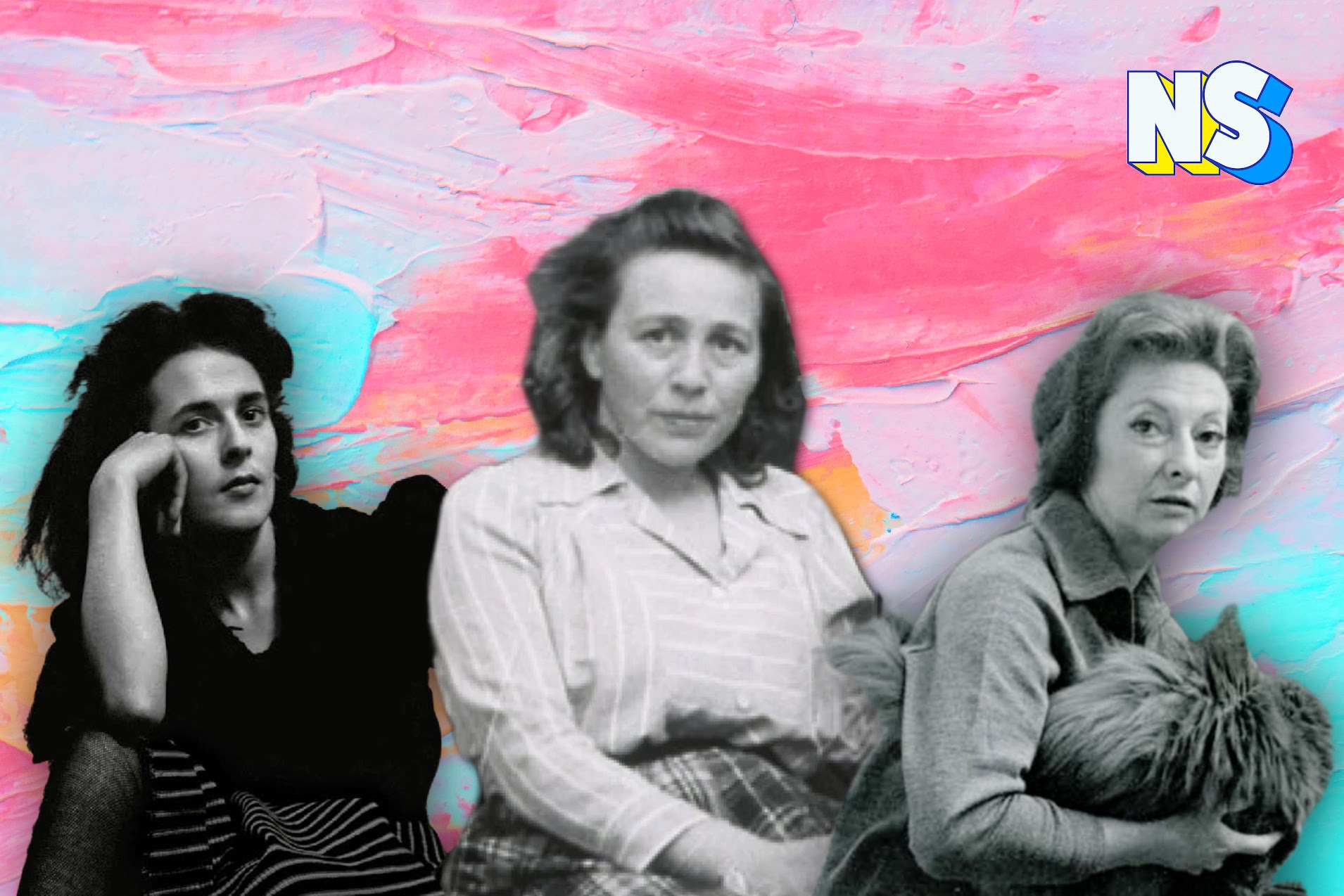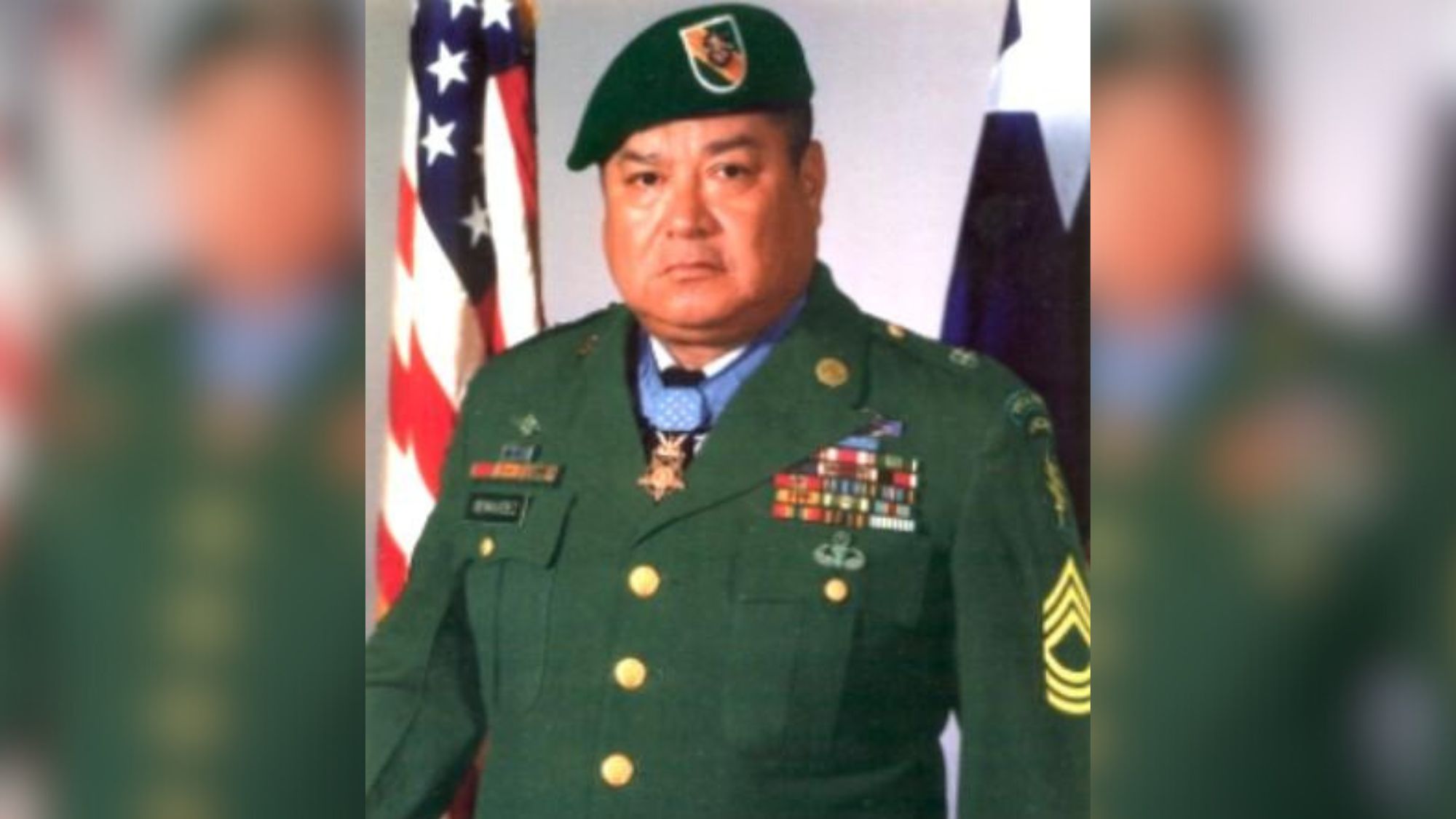Image courtesy of Nuestro Stories.
World War II was a time of great turmoil for humanity. Not only were a majority of countries in some way involved in the fighting, suffering massive casualties throughout the war, but it was also a time when many were forced to flee and seek refuge away from their homes. Under the influence of former President Lazaro Cardenas and acting under the political mores that the Mexican Revolution taught in 1942, President Manuel Avila Camacho opened Mexico’s borders to welcome European refugees who were in need of a safe place to call home. Among those who crossed onto Mexican soil seeking solace were Leonora Carrington, Remedios Varo, and Kati Horna.
As Individuals: Leonora Carrington
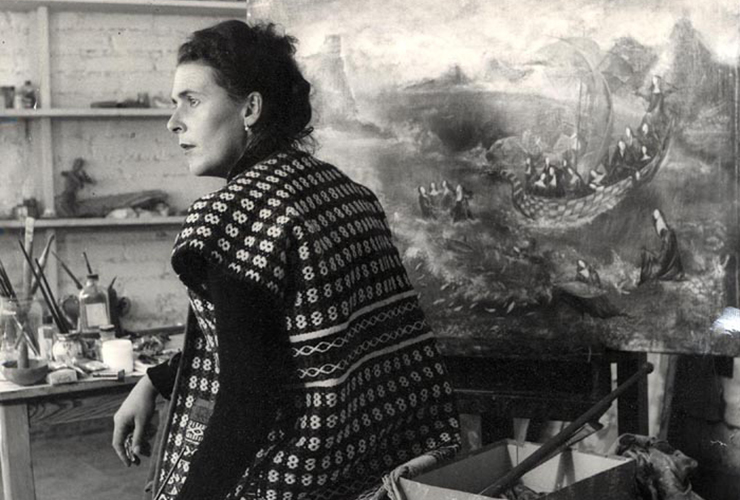
Leonora Carrington was considered the last surviving surrealist painter when she passed away in 2011, but her timeline leading up to that final title was consistently sprinkled with triumphs. Born to a family of power and influence, Carrington seemed to scoff at her family’s traditional values and strict upbringing. Her rebellious spirit got her expelled from two schools before she was sent to study art in Florence. Having found a love for the surrealists early on in life after her mother gifted her Herbert Read’s book Surrealism, Carrington began to focus her art’s attention on the styling. However, she received little encouragement from her parents. Eventually morphing into the proverbial black sheep of the family, Carrington found herself moving quite a bit, following the art that inspired her. Finally finding herself in Mexico, Carrington fell in love with the country and would live there on and off until she died. During her time there, she earned a reputation for herself as a highly talented painter and is also credited as one of the founders of the Women’s Liberation Movement.
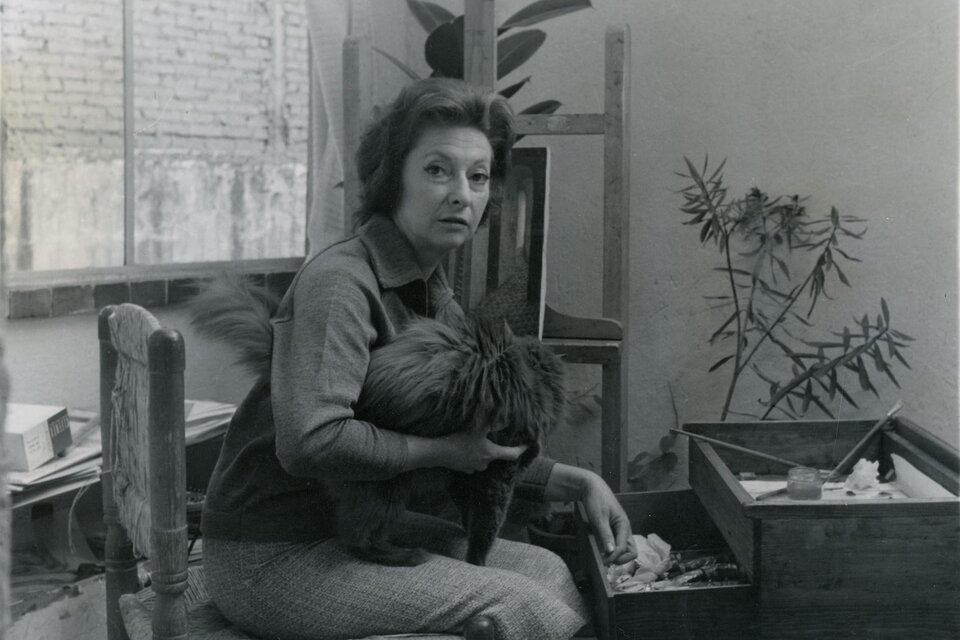
As Individuals: Remedios Varo
Taught in the same school that gave flight to Salvador Dali’s melting wings, Varo was born in Spain to an engineer father and aristocrat mother. Her father encouraged her artistic spirit, but her devoutly Catholic mother found Varo’s rebellious nature less than favorable. As she got older, Varo began questioning the church and all forms of religious influence. At age 15, Varo came under the tutelage of Manuel Benedito, a well-known portrait painter of the time. At the Escuelas de Bellas Artes, she also met her husband, Gerardo Lizarraga. The couple left Spain for Paris shortly after marriage to be closer to the thriving art scene. They would be married for nearly seven years before Varo met activist Esteban Frances and left Lizzaraga to fight in the Spanish Civil War.
After returning from battle and escaping the continued political unrest, Varo and Frances returned to Paris, moving in with poet Benjamin Peret, eventually becoming lovers with Peret. Though she never divorced Lizarraga, the pair remained dear friends, as she did with most of her exes throughout her life. While living with Peret, he and Varo were arrested for their political beliefs. A few days after they were free, the Germans entered Paris and were forced to flee, seeking exile in Mexico. It was there that Varo truly found her artistic inspirations.
As Individuals: Kati Horna
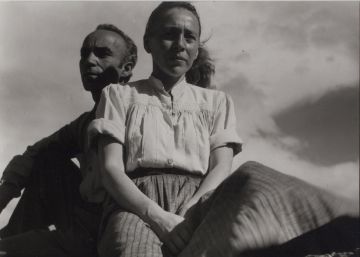
Kati Horna was a Hungarian-born photographer who translated her artistic eye into becoming one of the most prolific photojournalists/surrealist photographers. To this day, she is still considered one of the most influential female photographers of the time. Born in Budapest during the Austro-Hungarian empire, being constantly surrounded by war at an early age had a monumental impact on how she viewed the world. Through her work and technique, she coined “gendered witnessing,” her photographs documenting times of war specifically focused her lens on the impact of war on women and children.
Much like Carrington and Varo, Horna was practically born with rebellion oozing from her pores, despite being born to an upper-middle-class family. Though her family had wealth, the first World War had left Budapest in an unsteady economic climate. Her father, a banker, made sure she was cared for until his death, but from there, she used her photography to survive, with her ideologies strongly formed around the destruction of the notion that war was a male-centered experience. Her work carried her from Budapest to Spain, where she was asked to document the everyday lives of those caught amid the Spanish Civil War. Her photos were printed widely in various anarchist newspapers of the time.
Carrington, Varos and Horna as a Collective
Individually, each woman represented the best of the best of their craft, and each made a dramatic impact on history. Yet the friendship between the three can only be described as magic.
Through their own separate rebellion, their idealistic goals of revolution, truth, and the power of women brought them together in Mexico. As expatriates, Carrington, Varo, and Horna bonded together over shared experiences as refugees. Yet their past dictated their connection and what formed from it as much as their present. Each chose to live a life full of rebellion against the norms, against their family and had all suffered tremendous forms of loss. Together, the three built a friendship that formed around a new version of domesticity. Like a coven coming together to cast spells, the three influenced each other to create a new version of ‘homelife’ that allowed them to meditate, create, study alchemy, and tap into a form of power and encouragement that can only come from the true bond of chosen sisterhood.
Those influences touched not only their lives but their art as well. The themes of alchemy, magic, and a spiritually influenced domesticity showed up in each of their respective crafts. A bond that assisted in challenging the status quo at all levels.
A friendship forged in fire, with an impact that burst forth from the ashes.

